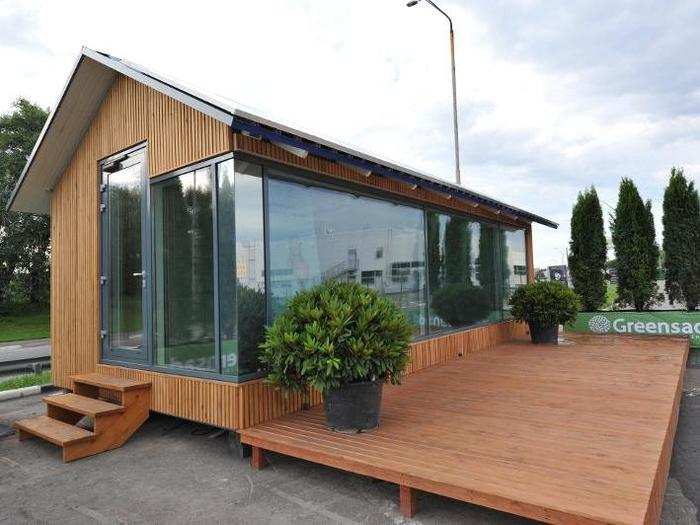






Doors, windows, appliances, an alarm system, solar panels, and the septic, electrical, healing, cooling systems are then added.


Passivdom is not the only company using 3D-printing to build homes. The San Francisco-based housing startup Apis Cor, Dus Architects in Amsterdam, as well as Branch Technology from Chattanooga, Tennessee say they can construct homes in mere days or weeks.
 2 states where home prices are falling because there are too many houses and not enough buyers
2 states where home prices are falling because there are too many houses and not enough buyers US buys 81 Soviet-era combat aircraft from Russia's ally costing on average less than $20,000 each, report says
US buys 81 Soviet-era combat aircraft from Russia's ally costing on average less than $20,000 each, report says A couple accidentally shipped their cat in an Amazon return package. It arrived safely 6 days later, hundreds of miles away.
A couple accidentally shipped their cat in an Amazon return package. It arrived safely 6 days later, hundreds of miles away. BenQ Zowie XL2546X review – Monitor for the serious gamers
BenQ Zowie XL2546X review – Monitor for the serious gamers
 9 health benefits of drinking sugarcane juice in summer
9 health benefits of drinking sugarcane juice in summer
 10 benefits of incorporating almond oil into your daily diet
10 benefits of incorporating almond oil into your daily diet

Copyright © 2024. Times Internet Limited. All rights reserved.For reprint rights. Times Syndication Service.